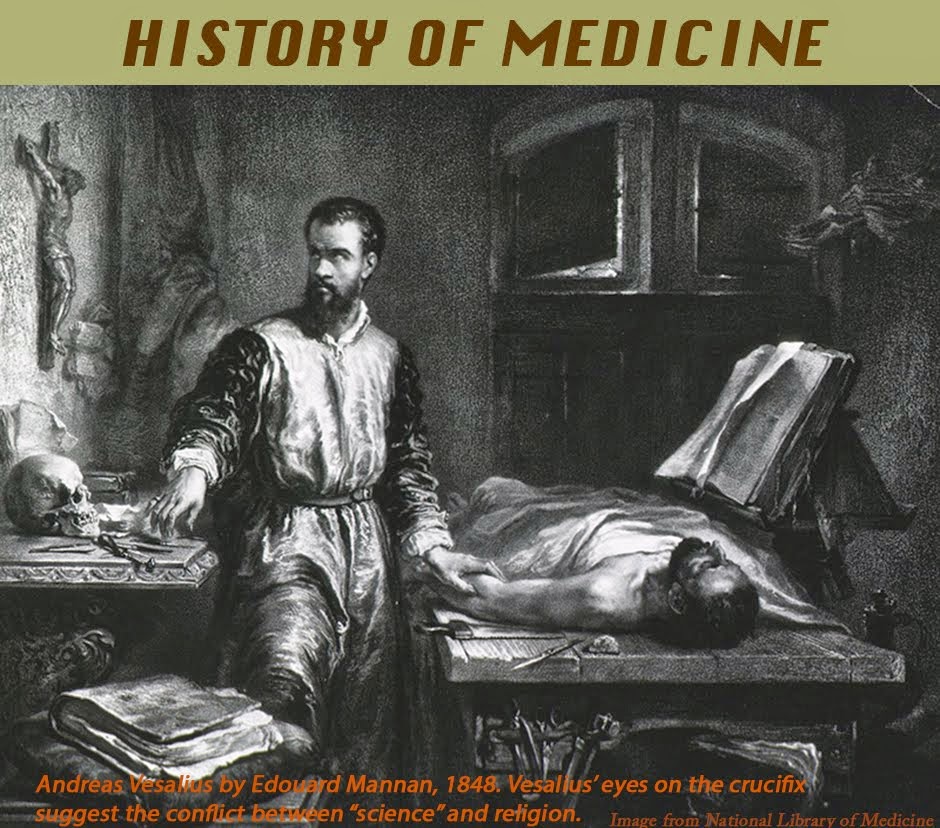HOW STANFORD CAME AND WENT
FROM
SAN FRANCISCO
On the southeast corner of Pacific Avenue
and Divisidero Street in San Francisco stands a large beautifully preserved
wooden Victorian mansion, replete with turrets, its own water supply on the top
floor, and large windows looking out on perhaps the most expensive real estate
in the city. Few who drive by as they cross
Pacific Heights know that it
belonged to perhaps the most hated doctor who ever lived in the City. His name was
Charles N. Ellinwood (1838-1917). The story is an interesting one.
 |
| Ellinwood House (photograph by author) |
Dr. Ellinwood was President of, and
Professor of Physiology at the Cooper Medical College and Treasurer of its
hospital, located at Clay and Webster Streets at the time of the great San
Francisco earthquake in 1906. He was the sole legatee of the past owner of
 |
| Dr. Levi Cooper Lane (Medical History Center, Stanford, Creative Commons lic.) |
The Lane Hospital, an imposing brick
structure with its large auditorium, remained in use on Sacramento and Webster
Streets until 1970 with it’s founder’s heart remaining, at his request, in an
urn in a prominent place near the podium.
In April 1906, most of the City
was destroyed by fire and earthquake and the Cooper College was severely
damaged. The Trustees requested funds from Ellinwood to effect repairs and in a
contentious meeting in June 1906, Ellinwood as Board President, whose relations
with Dean Dr. Henry Gibbons Jr. (1840-1911) were not the best, simply refused
to release any money to the school. Nor would he release money to maintain the
important Lane Library and annual Lane Lectures. As can be imagined, the trustees were frustrated and furious
but Ellinwood stood firm insisting that the money left to him in the Lane
legacy was a personal gift. He insulted them declaring that the quality of the
school did not warrant the expenditure of any funds. The trustees ultimately fired Ellinwood but were advised,
considering the terms of Dr. and Mrs. Lane’s wills, that there was no way to
break Ellinwood’s absolute control over the endowment. The faculty - all-volunteer
in the days before outside funding - and the Lane Medical School and Hospital which
they staffed, were left high and dry. Ellinwood kept the money.
Gibbons as Dean, in desperation and with
the approval of the trustees, approached Stanford University to finalize
discussions begun several years earlier to turn over control of the school if
the Palo Alto institution would maintain it in the City and keep its clinical
faculty. Thus began the Stanford University Medical School in San Francisco.
Stanford continued its significant presence
in San Francisco for over 50 years, training a succession of successful doctors
with a prestigious world-class faculty. It utilized the Lane buildings and
added to them. It also ran a division of the San Francisco General Hospital
with distinction until 1959, when consolidation occurred as construction of the
new Stanford Medical School and Hospital was completed on the Palo Alto campus.
At that point the local Stanford San
Francisco Clinical Faculty again was faced with a crisis, as most of them had
no intention of leaving their San Francisco practices for the hinterland. They also
wanted to maintain connections with the hospital where they admitted their
patients. For the next several years the hospital sans medical school continued
under various iterations and sponsorships until it was re-built and became what
it is today, Pacific Medical Center, a prominent and highly successful San
Francisco institution, now part of the Sutter Health System.
The origins of PMC and its hectic history is
largely unknown today. Dr. Ellinwood has also been mercifully forgotten except
by his descendants who continued to occupy the mansion he built on Pacific
Avenue for many years. The Lane name persists as Lane intended: in the form of
the fabulous Lane medical library and the annual Lane lectureship, associated with
the world-class medical school on the Stanford campus in Palo Alto some 30
miles away from where the story originated.
Arthur E. Lyons MD
Source:
(to leave a comment click on "no comments" and a box will come up)
(to subscribe enter email address or send request to gfrierson@gmail.com)
